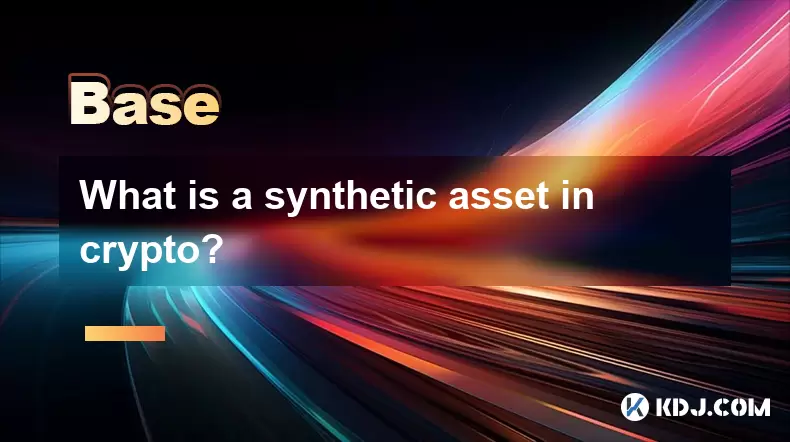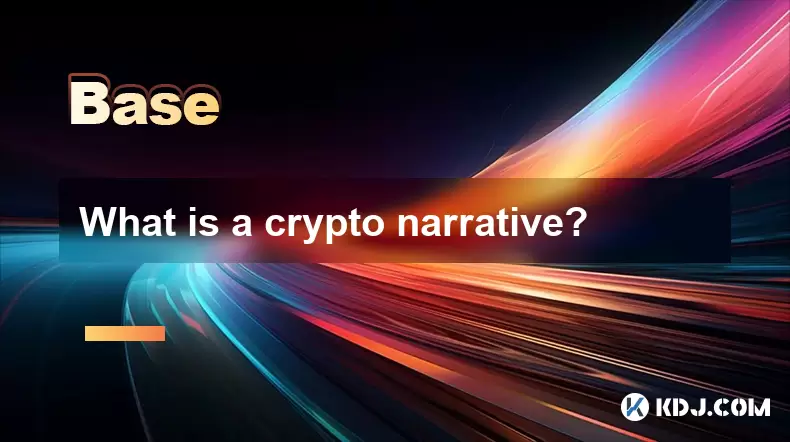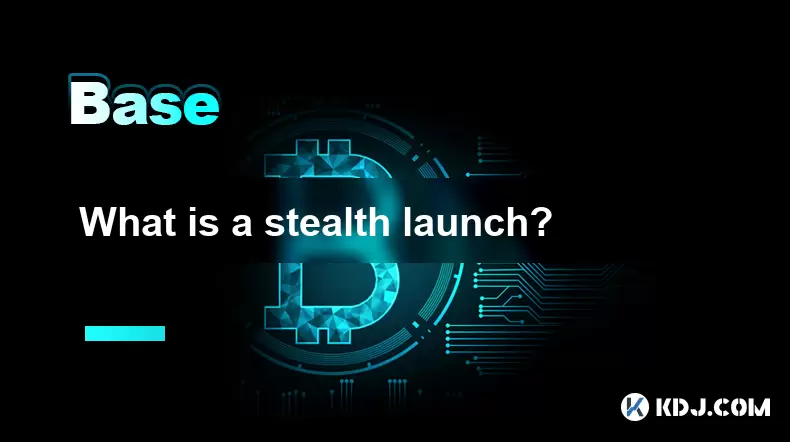-
 Bitcoin
Bitcoin $108,338.0981
-0.13% -
 Ethereum
Ethereum $2,566.4077
1.16% -
 Tether USDt
Tether USDt $1.0001
-0.01% -
 XRP
XRP $2.2841
-2.59% -
 BNB
BNB $658.5241
-0.17% -
 Solana
Solana $150.3819
-1.08% -
 USDC
USDC $0.9999
-0.01% -
 TRON
TRON $0.2864
-0.24% -
 Dogecoin
Dogecoin $0.1694
0.24% -
 Cardano
Cardano $0.5813
-0.72% -
 Hyperliquid
Hyperliquid $37.8292
-4.60% -
 Bitcoin Cash
Bitcoin Cash $503.3593
1.69% -
 Sui
Sui $2.8784
-0.69% -
 Chainlink
Chainlink $13.4784
-0.43% -
 UNUS SED LEO
UNUS SED LEO $9.0793
-0.27% -
 Stellar
Stellar $0.2537
-0.41% -
 Avalanche
Avalanche $18.0047
-0.23% -
 Shiba Inu
Shiba Inu $0.0...01181
1.56% -
 Hedera
Hedera $0.1608
0.49% -
 Toncoin
Toncoin $2.7568
-0.93% -
 Litecoin
Litecoin $86.4121
-0.20% -
 Monero
Monero $313.7273
-0.86% -
 Polkadot
Polkadot $3.3715
-0.66% -
 Dai
Dai $1.0001
0.01% -
 Ethena USDe
Ethena USDe $1.0004
0.03% -
 Bitget Token
Bitget Token $4.2902
-0.54% -
 Uniswap
Uniswap $7.5361
2.73% -
 Aave
Aave $285.6090
-0.55% -
 Pepe
Pepe $0.0...09958
0.28% -
 Pi
Pi $0.4560
-0.65%
What is a synthetic asset in crypto?
2025/07/08 18:21

Understanding Synthetic Assets in the Cryptocurrency Ecosystem
In the evolving world of decentralized finance (DeFi), synthetic assets have emerged as a powerful tool for investors and traders. A synthetic asset is a digital representation of a real-world or traditional asset, created using blockchain technology and smart contracts. These assets allow users to gain exposure to commodities, stocks, fiat currencies, and even other cryptocurrencies without directly owning them.
Synthetic assets are designed to mirror the price movements of their underlying assets, enabling traders to speculate on price changes or hedge against potential losses in their portfolios. This mechanism opens up new avenues for financial innovation within the crypto space.
How Are Synthetic Assets Created?
The creation of synthetic assets typically involves collateralization and smart contract execution. Users deposit a certain amount of cryptocurrency as collateral into a DeFi protocol that supports synthetic asset generation. Once this collateral is locked in, the system allows the user to mint or create a synthetic version of the desired asset.
For example:
- Deposit ETH into a protocol
- Mint sAAPL to gain exposure to Apple stock
- The value of sAAPL fluctuates based on the real-time price of AAPL shares
This process ensures that the synthetic asset remains pegged to the value of the original asset while operating entirely within a decentralized framework.
The Role of Oracles in Synthetic Asset Pricing
One of the critical components in maintaining accurate pricing for synthetic assets is the use of oracles. Oracles serve as data bridges between the blockchain and external sources, feeding real-time price information into smart contracts.
Without reliable oracle feeds:
- Synthetic assets may become mispriced
- Liquidation risks increase
- User trust diminishes
Protocols like Chainlink and Band Protocol provide decentralized oracle networks, ensuring that price data is tamper-proof and resistant to manipulation. These systems help maintain the integrity of synthetic asset markets by delivering timely and accurate information.
Use Cases of Synthetic Assets in Crypto Trading
Synthetic assets offer several practical applications within the crypto ecosystem:
- Exposure to non-crypto assets: Traders can gain access to gold, oil, or foreign currencies without leaving the blockchain environment.
- Hedging strategies: Investors can protect their portfolios from market volatility by shorting or longing synthetic versions of volatile assets.
- Arbitrage opportunities: Price discrepancies between synthetic and real-world assets can be exploited for profit.
These functionalities make synthetic assets particularly appealing to both retail and institutional participants in the DeFi space.
Popular Protocols Offering Synthetic Assets
Several DeFi platforms specialize in generating and managing synthetic assets. Some of the most notable ones include:
- Synthetix: One of the earliest adopters of synthetic assets, Synthetix enables users to mint and trade a wide variety of synths representing global assets.
- Mirror Protocol: Built on Terra, Mirror allows users to create mAssets that track real-world equities and indices.
- UMA Project: UMA offers a platform for creating synthetic tokens backed by various types of collateral.
Each of these protocols employs unique mechanisms to ensure liquidity, price accuracy, and security for its users.
Risks Associated with Synthetic Assets
While synthetic assets present exciting opportunities, they also come with inherent risks:
- Liquidation risk: If the value of the collateral drops below a certain threshold, positions can be liquidated automatically.
- Oracle manipulation: Although decentralized oracles reduce this risk, vulnerabilities still exist in some implementations.
- Smart contract bugs: Exploitable code flaws can lead to significant financial loss if not audited thoroughly.
Users must understand these risks before engaging with synthetic asset platforms and should always conduct due diligence.
Frequently Asked Questions (FAQs)
Q1: Can I redeem synthetic assets for their real-world counterparts?
No, synthetic assets are not redeemable for the actual physical or traditional assets they represent. They only reflect the price movement and do not grant ownership rights.
Q2: What happens if the collateral backing a synthetic asset becomes insolvent?
If the collateral value falls too low, the system will initiate automatic liquidation to cover outstanding debts. This protects the network from insolvency but can result in losses for the user.
Q3: Are synthetic assets available on all blockchains?
Currently, synthetic assets are primarily found on Ethereum and select layer-2 or alternative chains like Optimism, Terra, and Arbitrum. Their availability depends on the protocol and blockchain infrastructure.
Q4: How do fees work when trading synthetic assets?
Most platforms charge minting, trading, and sometimes holding fees. These vary by protocol and are usually denominated in the native token of the platform.
免責事項:info@kdj.com
提供される情報は取引に関するアドバイスではありません。 kdj.com は、この記事で提供される情報に基づいて行われた投資に対して一切の責任を負いません。暗号通貨は変動性が高いため、十分な調査を行った上で慎重に投資することを強くお勧めします。
このウェブサイトで使用されているコンテンツが著作権を侵害していると思われる場合は、直ちに当社 (info@kdj.com) までご連絡ください。速やかに削除させていただきます。
- onyxcoin(xcn)vs。solana(sol):暗号ゲームでの有望な賭け?
- 2025-07-09 00:30:12
- CoreWeaveの大胆な賭け:AIがどのようにビットコインマイニングを再構築しているか
- 2025-07-09 00:30:12
- Coinbase(Coin)IPOフラッシュバック:ラリーは過度に拡張されていますか、それとも開始していますか?
- 2025-07-08 22:50:12
- ビットコインプライス、イーロンマスク、およびbtcbull:強気の三連ecta?
- 2025-07-09 00:10:12
- Toonie Trouble:エキスパートのように偽物を見つけます
- 2025-07-08 22:50:12
- Coinbase、Crypto Stocks、およびOzak AI:Web3 Waveにスタイリッシュに乗る
- 2025-07-08 23:10:14
関連知識

What is a user-generated content (UGC) NFT platform?
2025-07-04 13:49:21
<h3>Understanding the Concept of a UGC NFT Platform</h3><p>A user-generated content (UGC) NFT platform is a digital marketplace or e...

What is composability in DeFi?
2025-07-06 16:07:28
<h3>Understanding the Concept of Composability in DeFi</h3><p>Composability in DeFi refers to the ability of decentralized finance p...

What is a "crypto primitive"?
2025-07-05 22:14:34
<h3>Defining the Concept of a Crypto Primitive</h3><p>In the context of blockchain and cryptocurrency, a crypto primitive refers to ...

What is a crypto narrative?
2025-07-07 22:56:30
<h3>Defining the Concept of a Crypto Narrative</h3><p>A crypto narrative refers to the overarching story or theme that drives intere...

What is a stealth launch?
2025-07-08 06:42:39
<h3>What Exactly Defines a Stealth Launch in Cryptocurrency?</h3><p>A stealth launch refers to the practice of launching a cryptocur...

What is a fair launch?
2025-07-05 19:31:58
<h3>Understanding the Concept of a Fair Launch</h3><p>A fair launch refers to the release of a cryptocurrency or blockchain project ...

What is a user-generated content (UGC) NFT platform?
2025-07-04 13:49:21
<h3>Understanding the Concept of a UGC NFT Platform</h3><p>A user-generated content (UGC) NFT platform is a digital marketplace or e...

What is composability in DeFi?
2025-07-06 16:07:28
<h3>Understanding the Concept of Composability in DeFi</h3><p>Composability in DeFi refers to the ability of decentralized finance p...

What is a "crypto primitive"?
2025-07-05 22:14:34
<h3>Defining the Concept of a Crypto Primitive</h3><p>In the context of blockchain and cryptocurrency, a crypto primitive refers to ...

What is a crypto narrative?
2025-07-07 22:56:30
<h3>Defining the Concept of a Crypto Narrative</h3><p>A crypto narrative refers to the overarching story or theme that drives intere...

What is a stealth launch?
2025-07-08 06:42:39
<h3>What Exactly Defines a Stealth Launch in Cryptocurrency?</h3><p>A stealth launch refers to the practice of launching a cryptocur...

What is a fair launch?
2025-07-05 19:31:58
<h3>Understanding the Concept of a Fair Launch</h3><p>A fair launch refers to the release of a cryptocurrency or blockchain project ...
すべての記事を見る

























































































